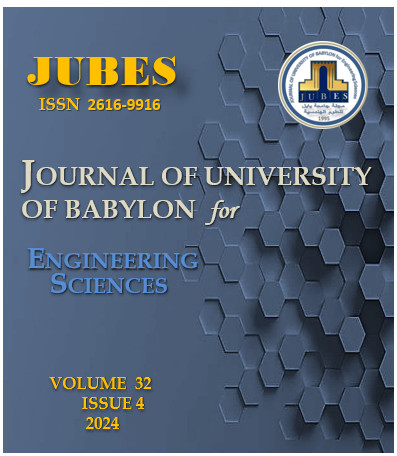Impact of Modulation Schemes on Nonlinear Interference For High-Speed Optical Links
Main Article Content
Abstract
Communications systems based on fiber optics suffer from nonlinear effects. These nonlinear effects severely restrict wavelength division multiplexing (WDM) and thus impair the performance of the optical transmission system. A Polarization Combiner (PC) is one of the promising techniques that mitigates the nonlinear effects, especially interference. This work proposes a system that use PC with different modulation schemes including Return to Zero (RZ), Non-Return to Zero (NRZ), and Carrier-Suppressed Return-to-Zero (CSRZ) in a nonlinear optical fiber communication system. The performance of the proposed system was tested under different conditions, including changing the input power and at data transfer rates including (100 and 200) Gbps. It was shown from the results that the modulation form RZ provides the best performance, as nonlinear effects in optical fibers are decreased. Moreover, when the transmission distance is equal to 60 km, the RZ gives a Q-factor equal to 8.4. However, the Q-factors are equal to 1.44 and 6 when using NRZ and CSRZ respectively.
Downloads
Article Details
Section

This work is licensed under a Creative Commons Attribution 4.0 International License.
